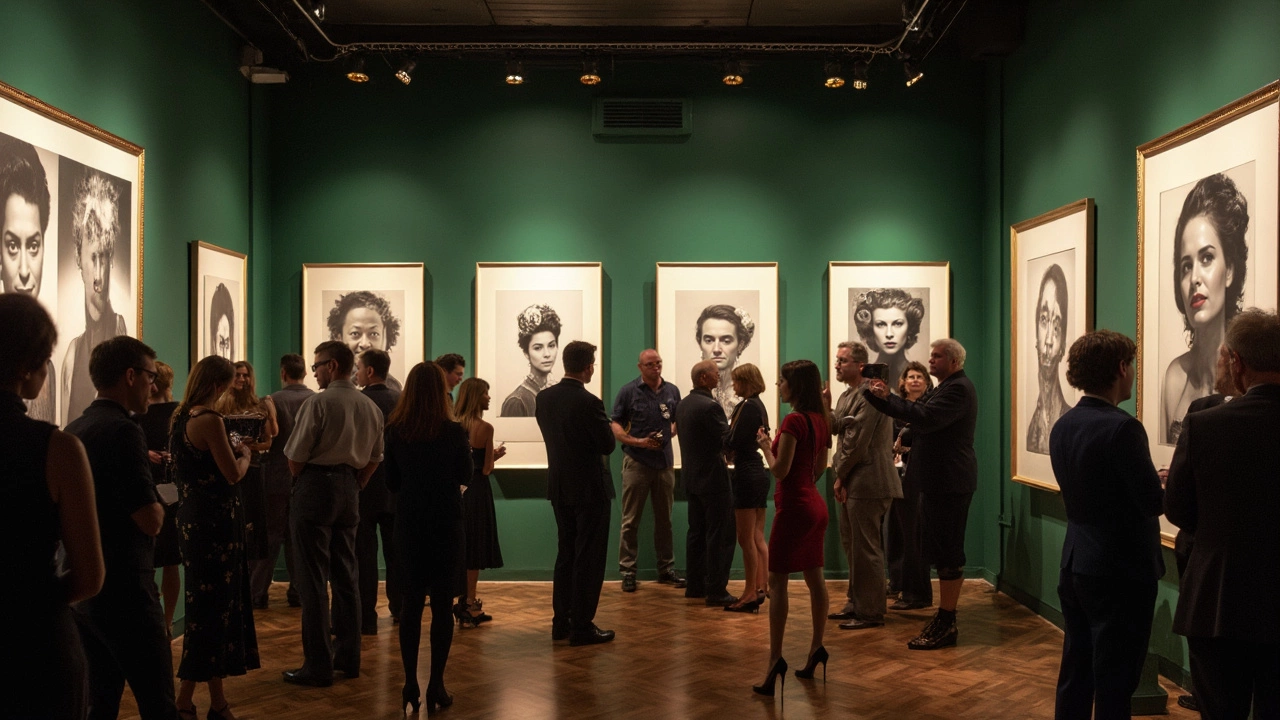Photographer Income: How Much Can You Actually Make?
If you’re wondering whether photography can pay the bills, you’re not alone. Many beginners think the camera is all you need, but the reality is a mix of skill, niche, and business smarts. In this guide you’ll see the price ranges for common gigs, the hidden costs that eat profit, and three simple moves to raise your earnings.
Typical Earnings for Different Photography Jobs
Portrait shoots usually bring in £150‑£350 per session, while weddings can range from £1,000 to £3,500 depending on location and experience. Commercial work—like product or food photography—often pays £200‑£600 per day. Events such as concerts or corporate parties sit around £300‑£800 per event. These numbers are averages; your actual take-home will vary based on client budget, your portfolio, and how well you negotiate.
What Eats Up Your Money?
Equipment is the biggest expense. A decent mirrorless body, a few lenses, and lighting gear can cost £3,000‑£7,000 upfront. Insurance, software subscriptions, and travel add another £200‑£500 a month. Don’t forget taxes—most freelancers set aside 20‑30% of each payment. When you add these costs to the hourly rate you quote, the profit margin can shrink quickly.
Because of these hidden costs, many photographers charge a “run‑rate” that covers gear wear and admin time. For example, a photographer who bills £250 per wedding might actually earn £175 after expenses. Knowing the real profit helps you set realistic goals and avoid burnout.
Now that you see where the money goes, here are three practical ways to boost your income:
1. Upsell add‑ons. Offer extra edits, a photo album, or a digital gallery. Clients love a polished package, and each add‑on can add £50‑£200 to the bill.
2. Specialise. Pick a niche—like newborn portraiture or drone real estate shots—and become the go‑to person. Specialists can charge 20‑30% more because they bring specific expertise.
3. License your images. Upload your best shots to stock agencies or sell prints on your site. A single image can earn a few pounds each month, turning a hobby into passive income.
Finally, track every expense and payment in a simple spreadsheet. When you can see profit per job, you’ll spot which gigs are worth your time and which aren’t. Adjust rates yearly based on inflation and your growing skill set.
Photography can be a solid career if you treat it like a business. Know the market rates, budget for gear and taxes, and keep adding value for clients. With those habits in place, your photographer income will start to reflect the effort you put in.

10 Mar 2025
Breaking into the world of fine art photography can feel like a daunting challenge, but with the right strategies, it's possible to earn a six-figure income. This article explores practical tips such as building a strong portfolio, utilizing social media for marketing, and understanding the business side of photography. It uncovers surprising facts about the industry and provides insights on making your work stand out. Whether you're just starting or looking to boost your earnings, find out how to navigate this artistic and lucrative field.
Continue reading...
